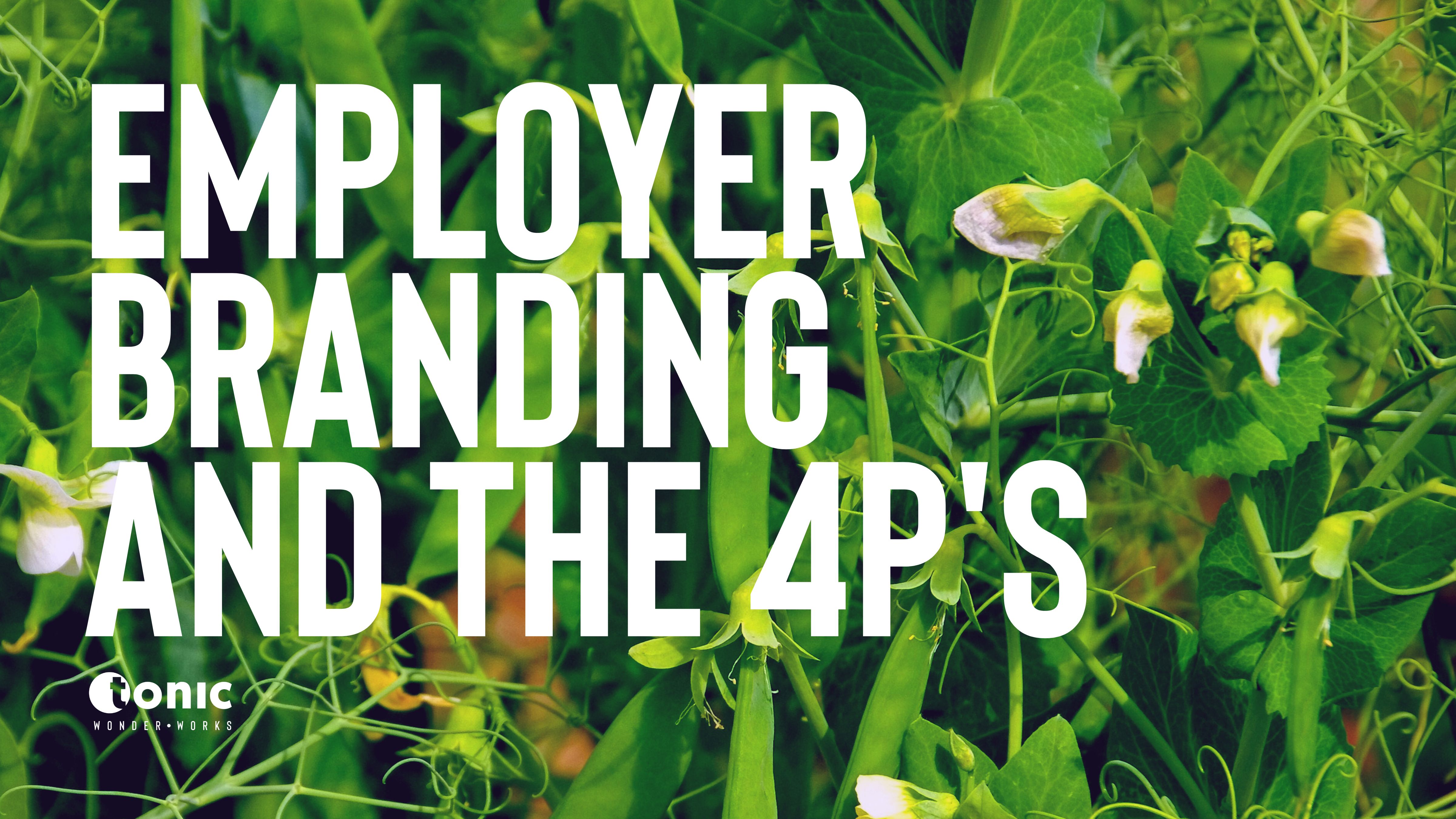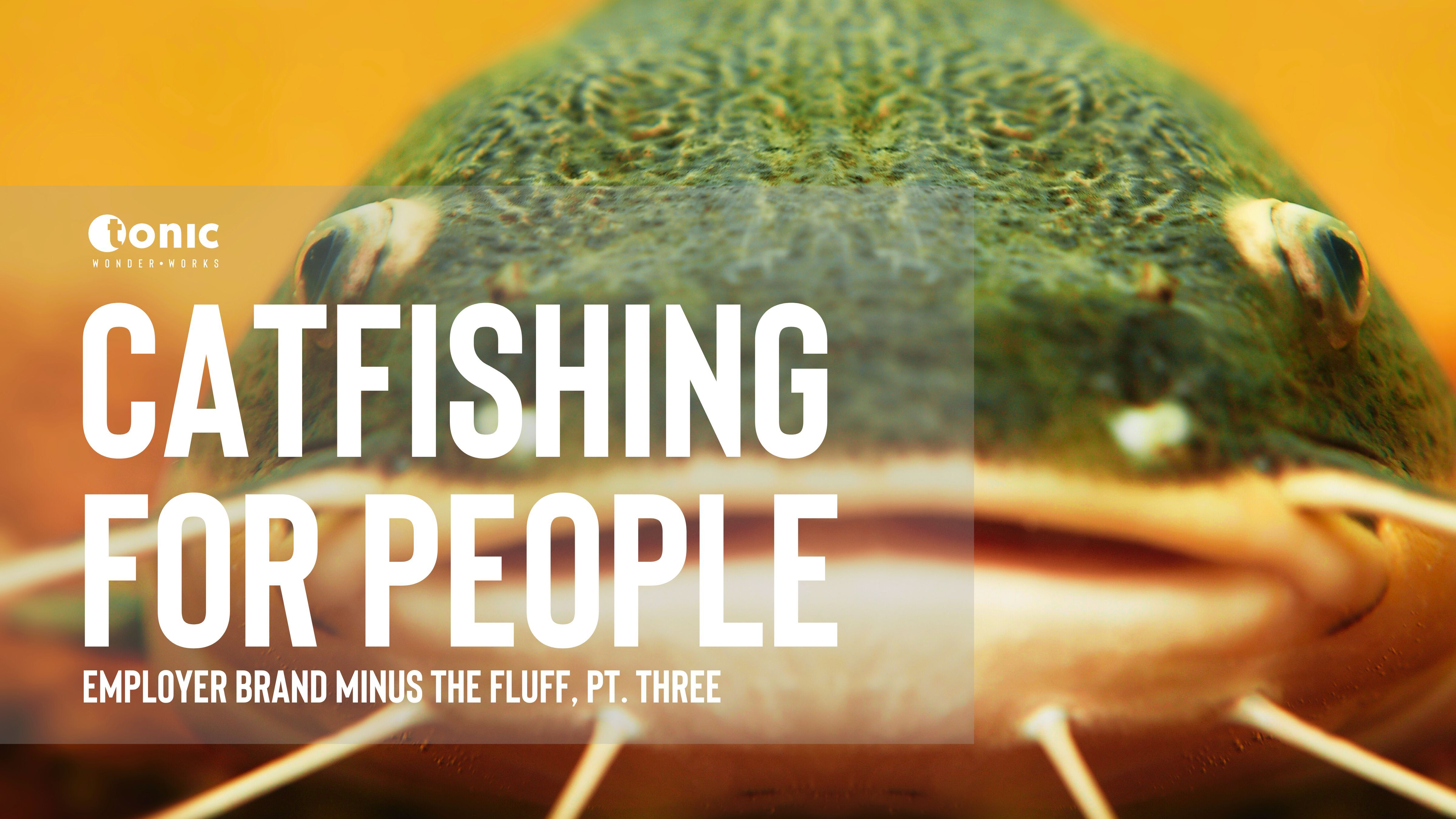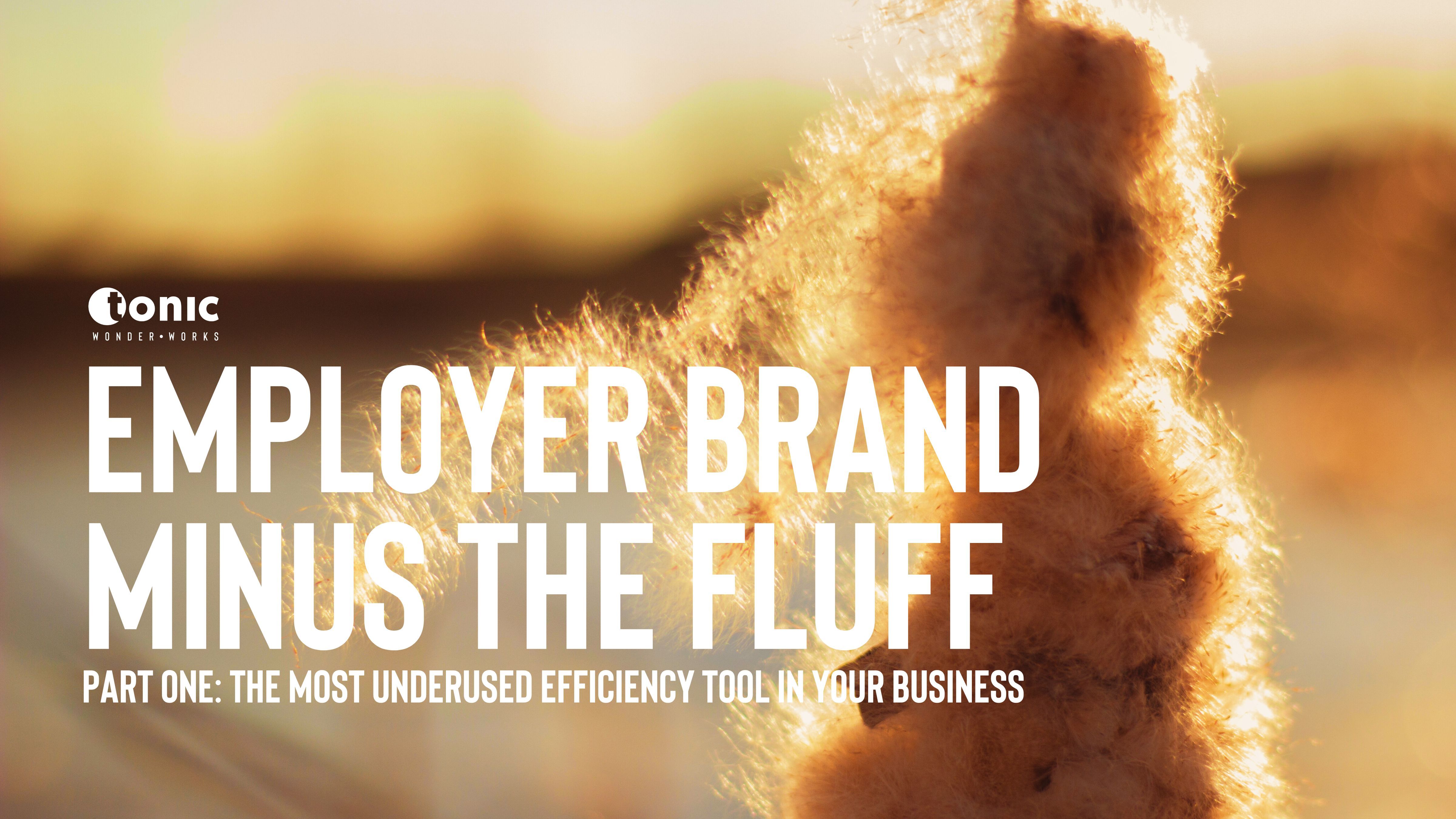We all know that marketing exists to communicate with people, to make people do, feel, or buy something different. But in employer branding terms, is it time to adapt the 4P’s to be relevant to the people we’re communicating with?
It surprises me when I hear companies make a big play about discovering that by being human-centric, or by 'putting the user at the heart of their communications', they've made 'the great leap forward'. If people weren't their target audience beforehand, who did they think they were communicating with?
While it's easy to think that everyone is interested in what you have to say when building your marketing strategy, it's essential to think deeply about the people you're communicating with. Luckily, in the marketing liturgy, there are established models that act as a bit of a safety net to side-step the trap of 'listen to me talking about me blah, blah, bland communications', offering a little support to help brands position their offer correctly.
Perhaps the best known of these structures is the 4P's of Marketing (which are sometimes actually 7P's). The traditional 4P's - Product, Price, Promotion, and Place - guide the positioning of products or services in the market. The recent addition of three more P's (People, Process, and Physical evidence) helps businesses consider how their customers interact with their products and how their brand is perceived in the physical world.
In the people communications space, where Tonic largely works, these 4 (or 7) P’s don’t resonate quite so clearly. But with a little tweaking, they could create a parallel human-shaped safety net in our marketing space: The 4P's of Employer Brand
The 4P's of Employer Brand have some similarities to their marketing counterparts, but there are fundamental differences. Here's what the parallel could be:
Product: The product in employer branding is your company itself, and the opportunity you offer for an employee to grow, learn and develop in their career. That's what people are buying when they choose to spend their time working with your company. Your product should be available to both current and potential employees - but unless you only choose to hire one type, there are probably various ‘products’ in your brand house. Are you selling a great work environment, a chance to make a difference in the world, or the opportunity to work with talented people? Whatever it is, make sure your product offering is clear and compelling.
People: In employer branding, the people you need to highlight are your employees. They are the ones who will ultimately sell your company to potential candidates - whether as recruiters, hiring managers or advocates. Why are your people happy and engaged? Why are they proud to work for your company? What is their story? Allowing your people the freedom to talk on your behalf is the business advantage or opportunity here. Choose to democratize your brand - and your people will talk to other people for you, increasing your reach, and the power of your brand.
Place: Your physical location is important in employer branding. If you have a great office space in a desirable location, be sure to highlight it. If you mainly work remotely, make sure your employees have the tools and resources they need to be successful. Share what it feels like to be 'in your place', even if that’s many places.
Purpose: Your company's mission and values are essential in employer branding. What are you trying to achieve? What do you stand for beyond making oodles of cash for your shareholders? Make sure your purpose is clear and inspiring.

How can these 4P’s be used by employer brand specialists?
In the world of marketing, the 4P’s are essential for any successful campaign through the marketing funnel. The same is true in deploying your employer brand as you communicate with your people as they move from awareness to consideration to decision to loyalty.
The 4P’s should be flexed to reflect the point in the employee journey and the role of the marketing funnel. For example, at the top of the funnel, you might focus on promoting your company's purpose (e.g., your mission to make the world a better place). A little further in, you might need to shift to talk about product (e.g., a great work environment) and place (e.g., a desirable location). Later on, in the middle of the funnel, you might focus on highlighting your people (e.g., happy and engaged employees). At the bottom of the funnel, you might focus on providing information about your company's benefits and perks (e.g., competitive salaries and comprehensive health insurance).
This can mean different things depending on your industry and target audience. Whatever your niche, it's essential to think about what your target audience wants and how your brand can meet those needs.
At Tonic, we believe that effective employer branding requires a human-centric approach that puts people at the heart of everything you do. By using the 4P's of Employer Brand to guide your communications, you can create a compelling employer brand that attracts and retains top talent.
Stay tuned for Part Two of this series, where we'll discuss how to use the 4P's of Employer Branding in more depth.
Thank you for reading!





